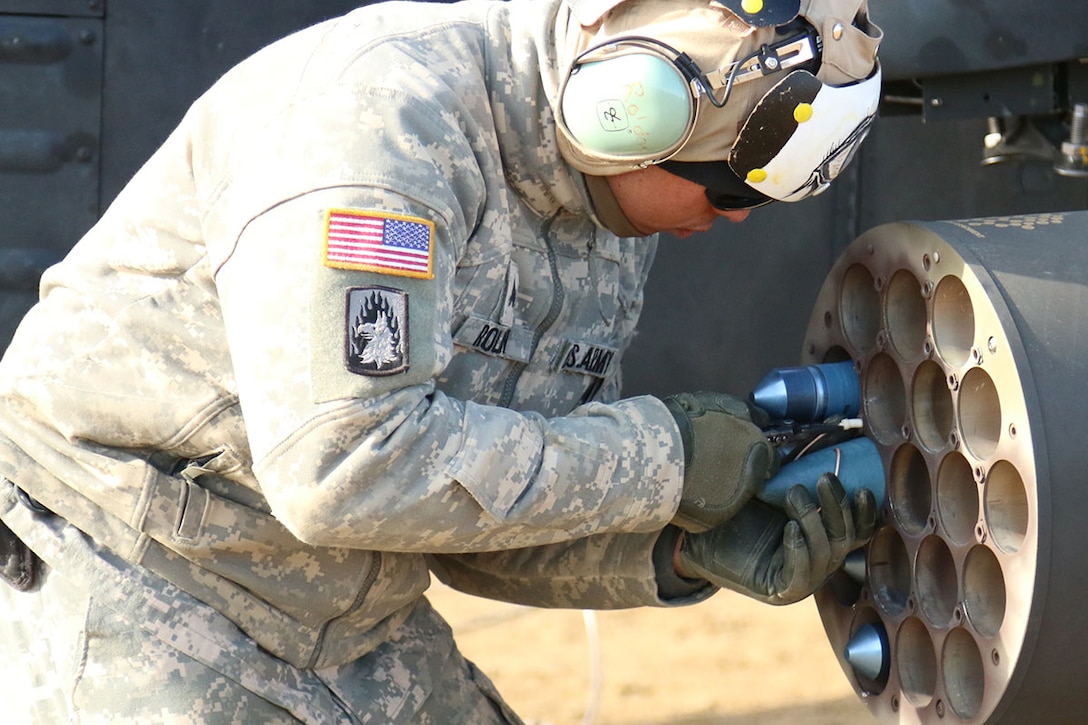


The Pentagon has more than 250,000 tactical vehicles in its inventory, more than 75,000 more than the nontactical fleet.Walter Carr 1,2 *, Amanda L. The Army’s climate strategy states that the service wants to develop a tactical recharging solution by 2050. One of the most significant challenges the military faces with electrifying its tactical fleet is sending tactical recharging capabilities to the battlefield. It also has electrification work underway for Humvees and Joint Light Tactical Vehicles. Later this year, the service plans to test the performance of its first hybrid Bradley Fighting Vehicle in Arizona. The Army has several research efforts underway with hybrid electric drive for tactical vehicles. The service wants fully-electric tactical vehicles by 2050. It’s also aiming for an all-electric, light-duty, non-tactical vehicle fleet by 2027. The Army’s climate plan, released earlier this year, aims for a fully-electric non-tactical fleet by 2035. The Defense Department is currently exploring hybrid and fully-electric technology for future use on the battlefield. In December last year, the Biden administration’s Federal Sustainability Plan found that Pentagon is responsible for 56% of the federal government’s greenhouse gas emissions. The new legislation is endorsed by several environmental groups, including Securing America’s Future Energy (SAFE), National Electrical Contractors Association, Natural Resources Defense Council, National Mining Association, International Brotherhood of Electrical Workers and E2 (Environmental Entrepreneurs). “Transitioning the military’s enormous fleet of passenger cars, light-duty trucks, and vans with internal combustion engines to American-made electric and zero-emission vehicles is a common-sense way to reduce greenhouse gas emissions.” “We have a responsibility–as a nation and within our military–to make thoughtful purchases that address the climate crisis,” Garamendi said when introducing the House legislation. The legislation is co-sponsored Senate Majority Whip Sen.
/7509662416_33a084e92c_h-56a9b2ba5f9b58b7d0fe2b8d.jpg)
The bill also requires the electric batteries to be sourced from the US or its allies, and not “hostile nations” such as China or Russia. The legislation authorizes the department to built electric charging stations at its installations and would require the DoD to use only non-proprietary, interoperable charging ports and connectors.

The Defense Department currently has an inventory of more than 174,000 nontactical vehicles. The proposed legislation applies to cars, vans and light-duty trucks that the department buys or leases itself, or leases from the General Services Administration. 1, 2022, according to text of the bill provided to Breaking Defense. Elizabeth Warren, D-Mass., and Mazie Hirono, D-Hawaii, plan to introduce the Military Vehicle Fleet Electrification Act, ambitious legislation would require 75% of non-tactical vehicles purchased by DoD to be electric or zero-emission vehicles starting at the beginning of fiscal 2023, or Oct. WASHINGTON: Two Democratic senators plan to introduce legislation later today that would force the Defense Department to aggressively speed up efforts to adopt more environmentally friendly vehicles. This story has been updated to reflect his inclusion. Angus King, I-Maine, has also signed onto the bill. Updated 6/13/22 at 3:57pm ET: After publication, it was announced that Sen. Austin III speaks with Massachusetts Senator Elizabeth Warren during Senate Armed Services Committee testimony on the conclusion of military operations in Afghanistan and plans for future counterterrorism operations.


 0 kommentar(er)
0 kommentar(er)
